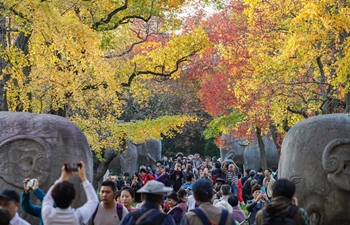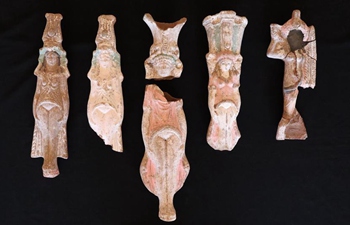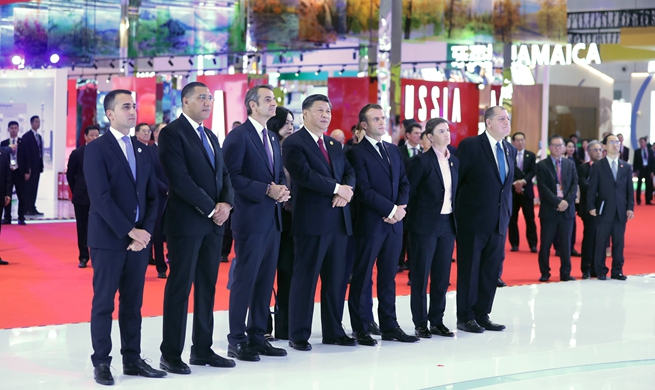NAIROBI, Nov. 6 (Xinhua) -- The rapid growth in vehicles for urban transport, housing shortages and the expansion of slums in towns and cities in East Africa have contributed to poor air quality associated with growing cases of chronic sicknesses, officials at an urbanization conference warned on Tuesday.
Charles Hinga, Principal Secretary in the Kenyan State Department for Housing and Urban Development, said the urbanization trends in the region had made it necessary for the need to constantly monitor air pollution in the East African cities.
"Air quality in urban centers is under pressure due to the growth of slums and vehicles," Hinga said during an urbanization conference convened by Britain's Department for International Development (DFID) to discuss how to improve urban planning policies.
The air quality in Nairobi is rapidly affected by the dirt from the burning of fuels used to power cars, cookstoves and a higher concentration of dirty air within residential areas located near industrial zones.
According to the UN Environment, air pollution remains rampant in Nairobi's residential areas of Donholm, a medium-income neighborhood located near the city's industrial area, Baba Dogo, which also houses a series of slums and industries in the same zone and in Kariokor, the transit zone for most public transport vehicles bringing commuters to the Nairobi business district.
The risks posed by air pollution to the residents of the Nairobi city is so intense that at least 18,000 deaths were attributed to urban air pollution in a report prepared by the World Health Organization.
Kampala, the capital city of neighboring Uganda, is equally not spared of the risks posed by air pollution. The Ugandan capital ranks amongst Africa's top-most polluted cities.
The urbanization conference brings together researchers, policymakers and civil society to discuss ways of supporting urbanization trends in a more sustainable pattern. "Urbanization in Africa is happening. It is inevitable and irreversible," said Susie Kitchens, deputy British High Commissioner to Kenya.
The British diplomat said by 2030, almost half of the Kenyan population is expected to live in urban areas.













